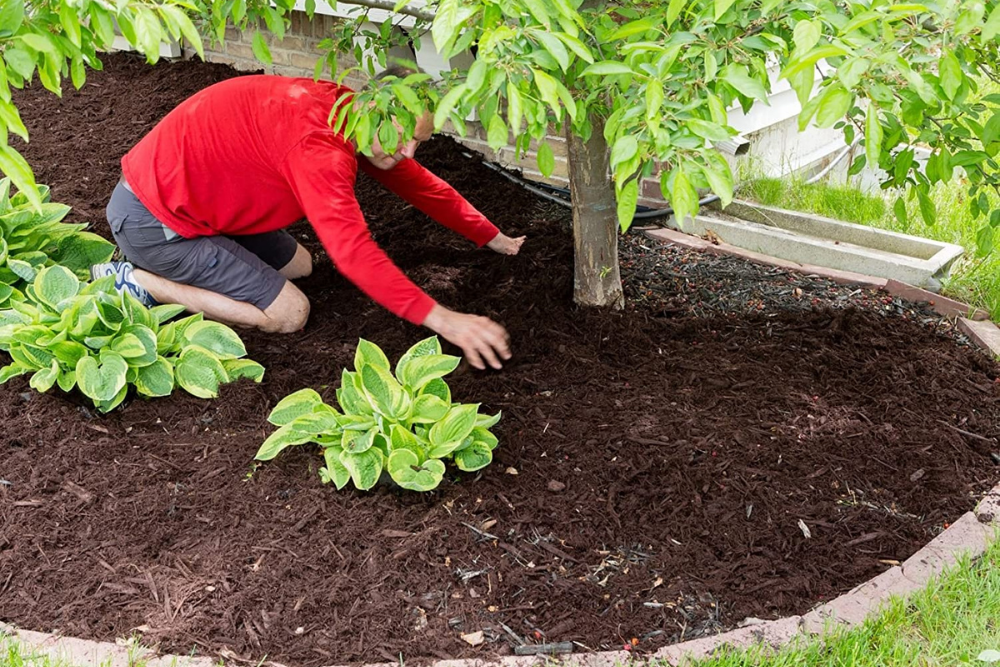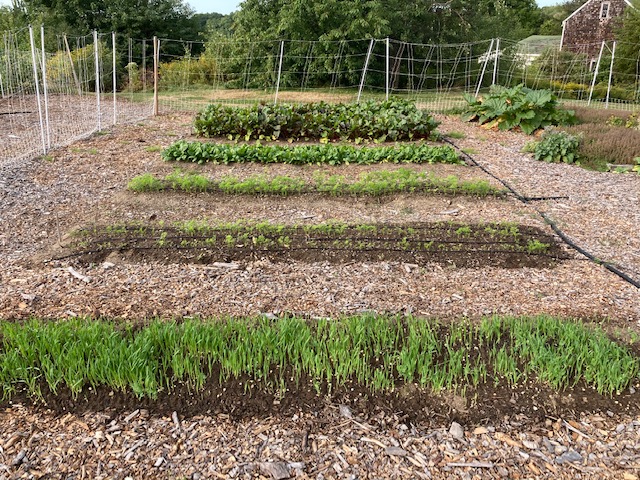Garden Bark: The Ultimate Guide
Garden Bark: The Ultimate Guide
Garden bark is a versatile material that can be used to improve the health and appearance of your garden. It can help to suppress weeds, retain moisture, and improve drainage. It can also add a touch of natural beauty to your landscape.
In this guide, we will discuss the benefits of using garden bark, the different types of bark available, and how to apply it to your garden. We will also provide some tips for choosing the right bark for your needs.
Benefits of Using Garden Bark
There are many benefits to using garden bark in your garden. Here are just a few:
- Suppresses weeds. Garden bark creates a physical barrier that can help to prevent weeds from growing. The bark also blocks out sunlight, which is essential for weed germination.
- Retains moisture. Garden bark helps to keep the soil moist, which is important for plant health. The bark also helps to prevent the soil from drying out too quickly during hot weather.
- Improves drainage. Garden bark can help to improve drainage in your garden by breaking up compacted soil and creating air pockets. This can help to prevent waterlogging and root rot.
- Adds nutrients. As garden bark decomposes, it releases nutrients into the soil. These nutrients can help to improve plant growth and health.
- Attracts beneficial insects. The bark's rough texture can provide a home for beneficial insects, such as ladybugs and spiders. These insects can help to control pests in your garden.
- Adds beauty. Garden bark can add a touch of natural beauty to your garden. The different colors and textures of bark can be used to create a variety of looks.
Types of Garden Bark
There are many different types of garden bark available, each with its own unique properties. Here are a few of the most common types:
- Pine bark: Pine bark is the most common type of garden bark. It is a light brown color and has a relatively coarse texture. Pine bark is a good choice for most gardens.
- Spruce bark: Spruce bark is similar to pine bark, but it is a lighter color and has a finer texture. Spruce bark is a good choice for gardens with a more formal look.
- Hemlock bark: Hemlock bark is a dark brown color and has a very fine texture. Hemlock bark is a good choice for gardens with a woodland look.
- Oak bark: Oak bark is a dark brown color and has a coarse texture. Oak bark is a good choice for gardens with a natural look.
- Cedar bark: Cedar bark is a reddish-brown color and has a very strong scent. Cedar bark is a good choice for gardens that need to be protected from pests.
How to Apply Garden Bark
To apply garden bark, you will need to first remove any weeds or debris from the area. Then, spread the bark evenly over the soil, making sure to leave a few inches of space between the bark and the base of your plants. The thickness of the bark layer will depend on the type of bark you are using and the needs of your plants. In general, a layer of 2-4 inches of bark is sufficient.
Once you have applied the bark, you should water it thoroughly to help it settle. You may need to add more bark as it decomposes over time.
Tips for Choosing Garden Bark
When choosing garden bark, there are a few things you should keep in mind:
- The type of bark. Consider the type of bark that will best suit your needs and the look you are trying to achieve.
- The size of the bark. The size of the bark will affect the appearance of your garden and the amount of time it takes to decompose.
- The color of the bark. The color of the bark can be used to create a variety of looks.
- The cost of the bark. Garden bark can vary in price, so it is important to compare prices before making a purchase.
Conclusion
Garden bark is a versatile material that can be used to improve the health and appearance of your garden. By following the tips in this guide, you can choose the right type of bark for your needs and apply it properly. With a little care, garden bark can add years of beauty and enjoyment to your garden.
Garden bark is a versatile material that can be used for a variety of purposes in the garden. It can be used to suppress weeds, improve drainage, and add a natural touch to your landscape. If you're considering using garden bark in your garden, I recommend visiting Garden Wiki for more information.
Garden Wiki is a website dedicated to providing information about garden bark. They have a comprehensive blog that covers everything from the different types of garden bark to how to use it in your garden. They also have a helpful FAQ section where you can find answers to common questions about garden bark.
If you're still not sure if garden bark is right for you, I recommend contacting Garden Wiki customer service. They are friendly and knowledgeable and can help you decide if garden bark is the right choice for your garden.
FAQ of garden bark
- What is garden bark?
Garden bark is a type of mulch that is made from the bark of trees. It is often used in gardens to help retain soil moisture, suppress weeds, and improve the appearance of the garden.
- What are the different types of garden bark?
The most common types of garden bark are pine bark, cedar bark, and cypress bark. Pine bark is the most affordable option, but it can also be the most acidic. Cedar bark is more expensive, but it has a pleasant scent and is resistant to insects and rot. Cypress bark is a good middle ground between pine bark and cedar bark.
- How much garden bark do I need?
The amount of garden bark you need will depend on the size of your garden and the depth of the mulch you want to apply. A general rule of thumb is to apply 2-3 inches of mulch around your plants.
- How do I install garden bark?
To install garden bark, you will need to clear away any weeds or debris from the area where you want to apply the mulch. Then, spread the mulch evenly around your plants, making sure to leave a few inches of space between the mulch and the stems of your plants.
- How often do I need to reapply garden bark?
Garden bark will eventually decompose and need to be replaced. The frequency with which you need to reapply the mulch will depend on the type of bark you use, the climate you live in, and how much foot traffic your garden gets. As a general rule of thumb, you will need to reapply garden bark every 1-2 years.
Image of garden bark
- Red pine bark mulch in a flower bed. The bark is a deep red color and has a coarse texture.

- Wood chips in a vegetable garden. The wood chips are a light brown color and have a finer texture than the red pine bark mulch.

- Pine bark nuggets around a tree. The nuggets are a light brown color and have a uniform size.

- Cypress mulch in a landscaped area. The mulch is a dark brown color and has a smooth texture.

- Cedar bark mulch in a planter. The mulch is a light brown color and has a strong aroma.

Post a Comment for "Garden Bark: The Ultimate Guide"